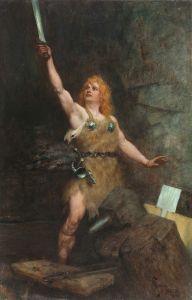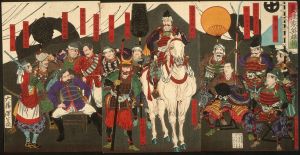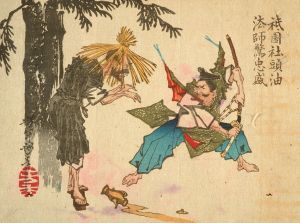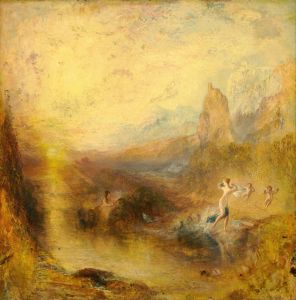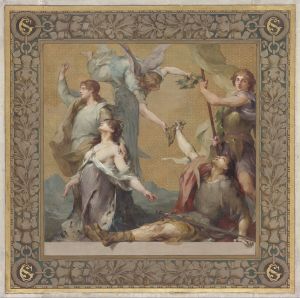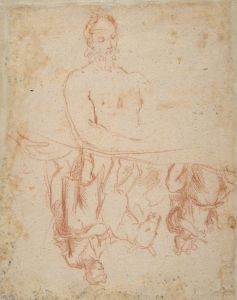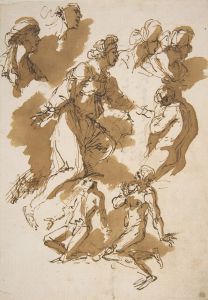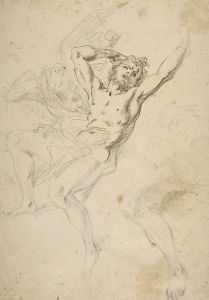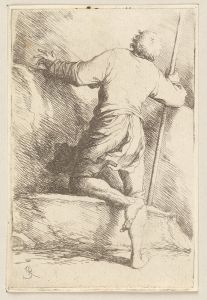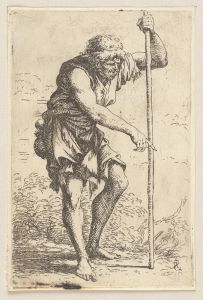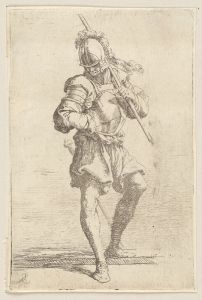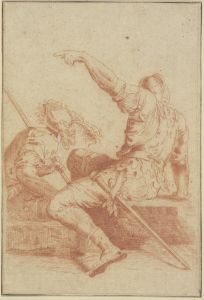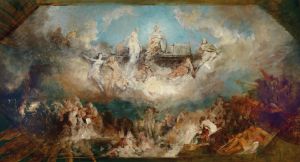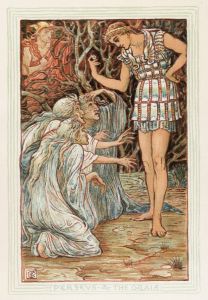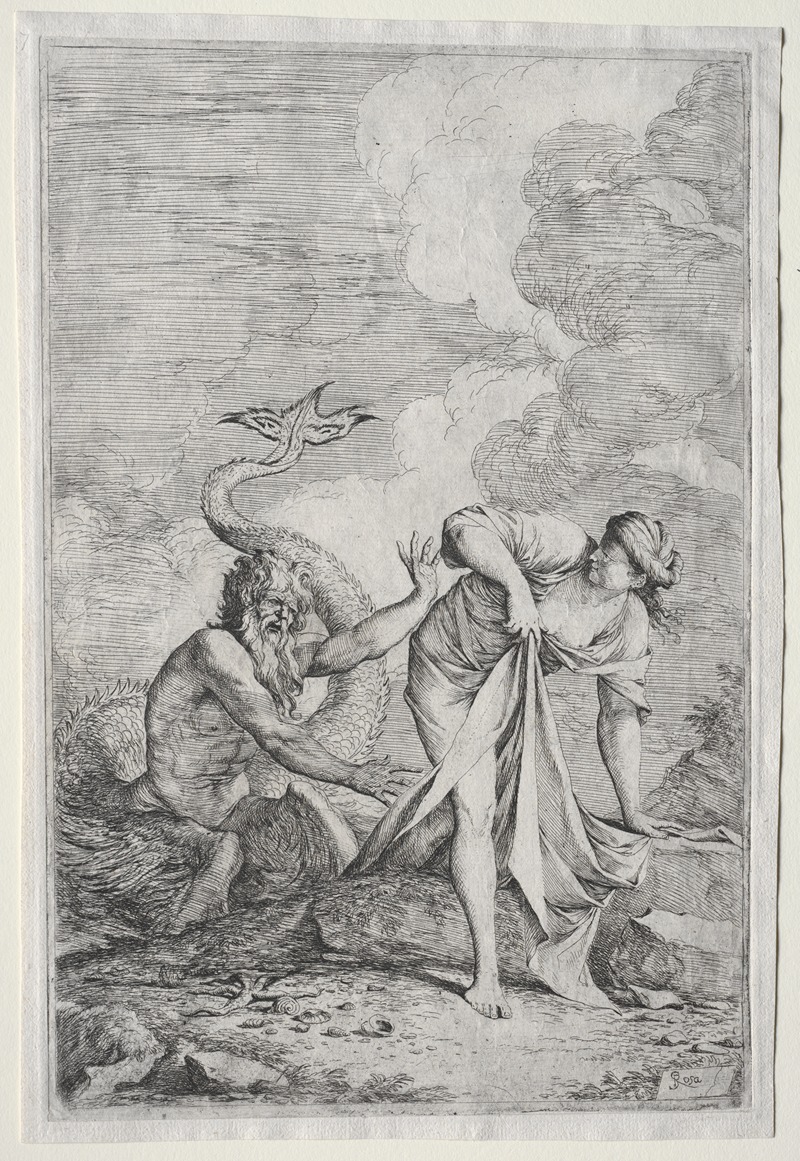
Glaucus and Scylla
A hand-painted replica of Salvator Rosa’s masterpiece Glaucus and Scylla, meticulously crafted by professional artists to capture the true essence of the original. Each piece is created with museum-quality canvas and rare mineral pigments, carefully painted by experienced artists with delicate brushstrokes and rich, layered colors to perfectly recreate the texture of the original artwork. Unlike machine-printed reproductions, this hand-painted version brings the painting to life, infused with the artist’s emotions and skill in every stroke. Whether for personal collection or home decoration, it instantly elevates the artistic atmosphere of any space.
Salvator Rosa's "Glaucus and Scylla" is a notable painting that exemplifies the artist's engagement with mythological themes, a common subject in the Baroque period. Salvator Rosa, an Italian painter, poet, and printmaker, was active during the 17th century and is known for his dramatic and often unconventional approach to art. His works frequently explore themes of nature, mythology, and the supernatural, often infused with a sense of drama and emotion.
The painting "Glaucus and Scylla" draws its subject from Ovid's "Metamorphoses," a classical text that has inspired countless artists throughout history. The myth of Glaucus and Scylla tells the story of Glaucus, a mortal fisherman who transforms into a sea god after consuming a magical herb. Enamored with the beautiful nymph Scylla, Glaucus seeks to win her love. However, Scylla is repulsed by his fish-like appearance and rejects him. In despair, Glaucus turns to the sorceress Circe for help, but Circe falls in love with Glaucus herself. When he rejects her advances, Circe, in a fit of jealousy, transforms Scylla into a monstrous creature with twelve dog heads and serpentine features.
Rosa's depiction of this myth captures the emotional intensity and tragic elements of the story. The painting likely portrays the moment of transformation or the dramatic tension between the characters, though specific details of the composition are not widely documented. Rosa's style is characterized by its dynamic composition, dramatic use of light and shadow, and expressive figures, all of which would contribute to the storytelling in "Glaucus and Scylla."
Salvator Rosa's work often reflects his interest in the sublime and the tumultuous forces of nature, themes that resonate with the mythological narrative of Glaucus and Scylla. His paintings are known for their atmospheric qualities and the ability to convey complex emotions, making them compelling interpretations of classical myths.
While specific details about the painting's dimensions, current location, and provenance are not readily available, Rosa's works are held in high regard and can be found in major art collections and museums around the world. His influence extends beyond painting, as he was also a noted figure in the literary and intellectual circles of his time, contributing to the broader cultural landscape of the Baroque era.
In summary, "Glaucus and Scylla" by Salvator Rosa is a representation of a classical myth, rendered with the dramatic flair and emotional depth characteristic of Rosa's artistic style. The painting exemplifies the Baroque fascination with mythology and the exploration of human emotions through the lens of ancient stories.





